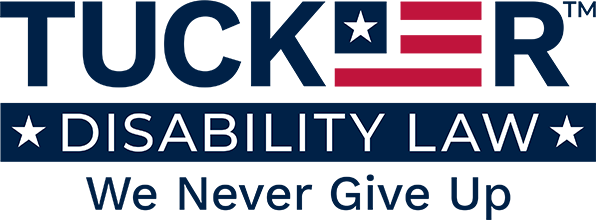During August, we celebrate Purple Heart Day, a day to honor and remember the over 1.8 million recipients of the Purple Heart, the medal given to those who have died or been injured in combat.
Did you know that the Purple Heart is the oldest medal given to service members?
Keep reading to learn 6 interesting facts about this prestigious medal and the brave men and women who have earned the right to wear it.
The first Purple Heart was given out by General George Washington during the Revolutionary War for bravery in combat.
It was created in 1782 and originally called the Badge of Military Merit and was only awarded to a few soldiers and largely forgotten about until it was reinstated on Washington’s 200th birthday, Feb. 22, 1932.
The only President to receive this medal was John F. Kennedy.
While serving in the Navy during World War II, he injured his back when a Japanese destroyer collided with his patrol torpedo boat near the Solomon Islands. Despite the injury to his back and his boat sinking, Kennedy swam with the man’s life jacket strap clenched between his teeth for three miles before reaching an island and bringing the man safely to shore. Kennedy was also awarded the Navy and Marine Corps Medal for his actions.
Other famous recipients of the Purple Heart include:
Actors Charles Bronson, James Garner, and Lee Marvin; filmmaker Oliver Stone; war hero Audie Murphy; sci-fi guru Rod Serling; author Kurt Vonnegut; presidential hopeful Senator John McCain; and Secretary of State John Kerry.
In 1942 Army Lt. Annie G. Fox became the first woman to receive a Purple Heart.
Fox served as the chief nurse at Hickam Field, Hawaii. Her heroism, calm demeanor, and successful leadership of hospital personnel during the attack on Pearl Harbor led to saving many lives.
A service member can be awarded more than one Purple Heart.
As a matter of fact, three service members have 10 Purple Hearts each: Charles D. Barger, U.S. Army (WWI); William G. White, U.S. Army (Korean War and WWII); Curry T. Haynes, U.S. Army (Vietnam War).
Today’s Purple Heart medal and eligibility
Thanks to Army Gen. Douglas MacArthur, the Purple Heart officially received its modern-day look and name in 1932.
MacArthur, who wanted to refresh and rename the award in time for the bicentennial of George Washington’s birthday, worked with the Washington Commission of Fine Arts and Elizabeth Will, a heraldry specialist in the Army’s Office of the Quartermaster General, to design the medal.
The revived Purple Heart medal, which features George Washington’s likeness, was designated primarily as a combat decoration for the Army or Army Air Corps only, recognizing commendable action as well as those wounded or killed in combat. At this time, the Purple Heart could not be posthumously given or given to the recipient’s family.
A few years later in 1942, President Roosevelt and the War Department further defined the qualifications for receiving a Purple Heart, designating it for those who were wounded or killed in action. They also expanded the eligibility of the award to all military branches of service and gave authorization to present posthumous Purple Heart medals.
In the years since, the qualifications that dictate who is eligible to receive a Purple Heart have changed over time and continue to evolve even today.
Tucker Disability Law is proud to have served our military veterans for over 30 years, fighting to get them the benefits they deserve. If you have been denied VA benefits or if your service-connected rating is less than 100%, we can file your appeal or help you increase your benefits.
Use the blue contact section NOW to call us, live chat with us, or message us using our confidential contact form.
And if you know of a fellow veteran who can use our help, please refer them to us HERE. If they become a client, we’ll send you and your friend a wooden flag made by Veteran Flags By Vets, a non-profit group that helps veterans overcome PTSD and other disabilities.







